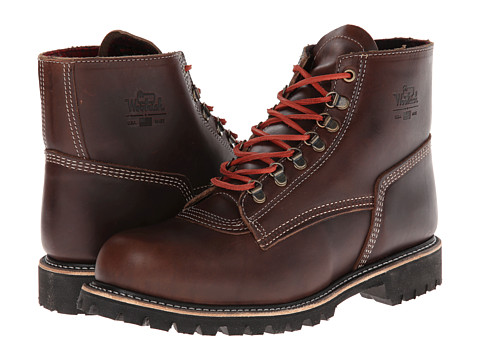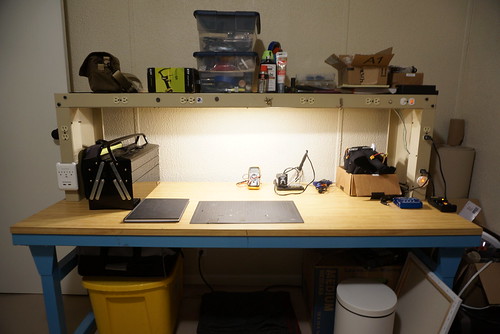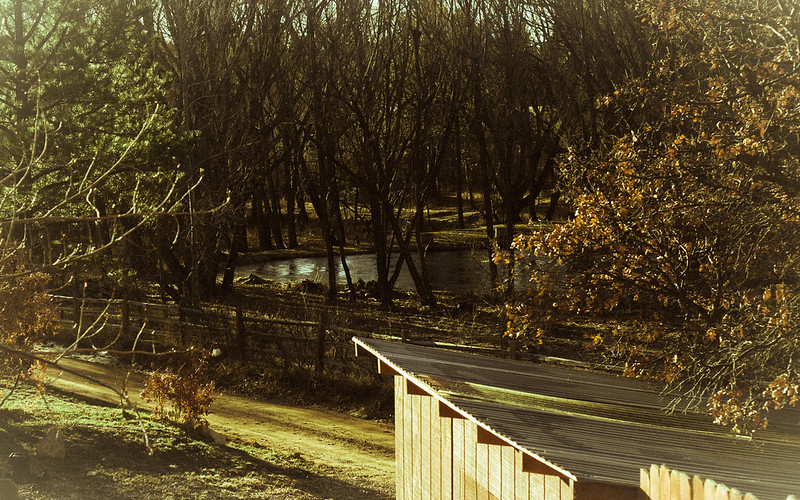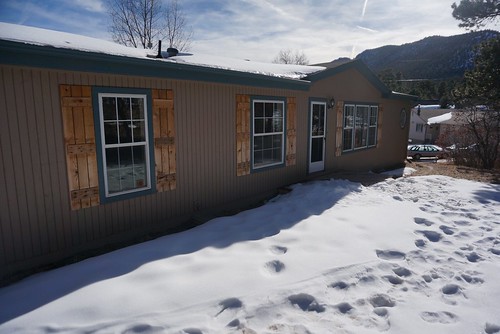I thought it would be a good time to follow up on this post from 2 years ago.
Wool Stocking Cap
Grade: A
Loved it. It shrunk drastically the first time it went through the wash, now it won’t fit on a baby. Kept me very warm on the top of Long’s Peak last fall.
Ibex Hooded Indie
Grade: C
Owned for 1.5 years. Worn out on the ends of the sleeves quickly. Loved it but a little disappointed on the durability. Probably too light-weight.
Darn Tough Merino Wool Crew Socks
Grade: A+
Still great. Haven’t seen any holes or flaws in any of them wear them for several day at a time. Never smell bad (let them air out overnight). I bought a couple more pairs because I lose socks sometimes.
Grade: C-
The ones I thought were appropriate to wear to work wore out very quickly. And the ones I have for running are fine, but I just don’t run that often compared to hiking, where I want a more durable and waterproof midtop boot.
Newer Purchases
For my outdoor adventures I wanted somethin like these Synthesis Mid GTX boots from La Sportiva. Yay for GoreTex liners! My feet were the perfect temperature all day on Longs Peak.

This last year I purchased general everyday leather boots The Niners from Woolrich. I had hoped these would be lifetime quality resoleable boots, they are very good. I replaced the laces with ironlaces right away, and the leather is a “Genuine Leather Product” from Horween. Which means it’s not full grain, but honestly they look nice, they are durable and the wear in a way that is very convincingly leather.

I wear these to work, and on the weekends, in every season. I added Green Superfeet insoles and gave them a coating of Sno-Seal before winter set in. I’ve worn these out in deep snow, while sledding with the kids, and on many long walks. They haven’t reached the 1 year mark even, but they are looking pretty good.







